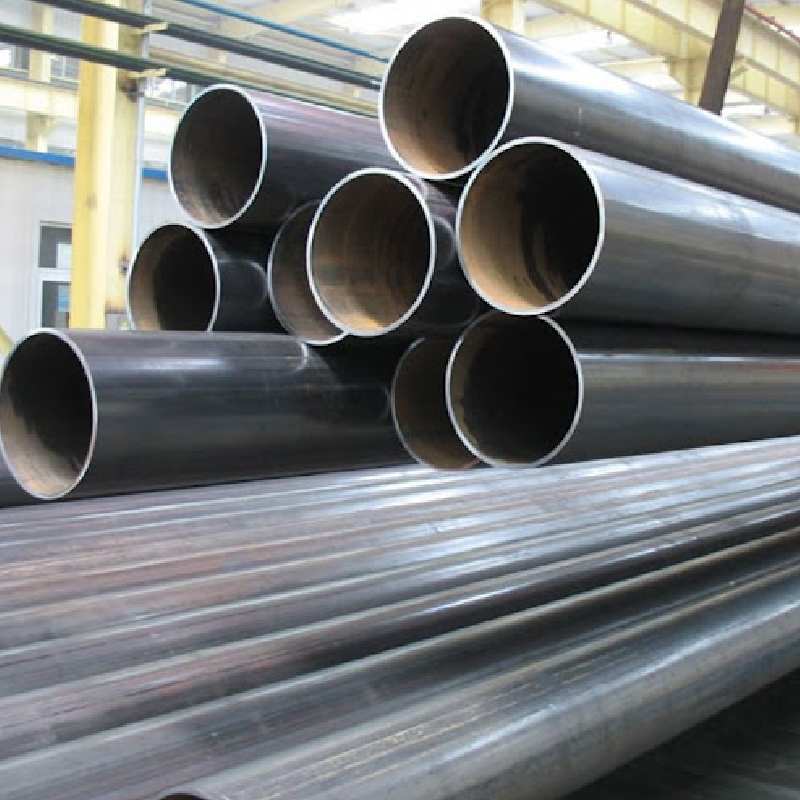-
Cangzhou Yulong Steel Co., Ltd.
-
Phone:
+86 13303177267 -
Email:
admin@ylsteelfittings.com

Dec . 11, 2024 09:22 Back to list
Advantages and Applications of Non-Concentric Reducers in Piping Systems
Understanding Non-Concentric Reducers An Overview
In various industrial applications, the need for efficient fluid flow management is paramount. Non-concentric reducers play a critical role in these systems by facilitating the smooth transition between pipes of differing diameters. Unlike their concentric counterparts, non-concentric reducers offer unique advantages that can enhance system performance, making them essential components in many engineering applications.
What is a Non-Concentric Reducer?
A non-concentric reducer is a fitting used in piping systems that connects two pipes of different diameters at an angle that is not the same across the centerline. This specific design allows for a gradual reduction in pipe diameter while maintaining the flow characteristics of the fluid. The primary function is to enable the transition from a larger pipe to a smaller one without abrupt changes, which can cause turbulence and flow restriction.
Advantages of Non-Concentric Reducers
1. Space Optimization One of the most significant benefits of non-concentric reducers is their ability to save space. Standard piping installations may not always provide the room for a traditional concentric reducer. Non-concentric designs can often fit into tighter spaces, making them ideal for environments where space is a premium.
2. Reduced Flow Turbulence The gradual taper of a non-concentric reducer minimizes the risk of turbulence that can occur with more abrupt transitions. This quality enhances the efficiency of fluid transport, ensuring that the pressure remains steady and reducing the chances of erosion or wear on the pipes.
non concentric reducer

3. Improved Fluid Distribution These reducers can facilitate better fluid distribution in systems where mixing or multi-phase flow is present. Non-concentric reducers allow for a smoother transition that can help maintain the integrity of the mixture, which is particularly relevant in chemical processing and other industrial applications.
4. Customization Non-concentric reducers can be custom-designed to meet specific project requirements. Whether adjusting the angle, material, or dimensions, these fittings can be tailored to fit unique application needs, providing flexibility during system design.
Typical Applications
Non-concentric reducers are widely used in various industries, including oil and gas, water treatment, and food processing. They are particularly beneficial in scenarios where pipe layout requires unique angles or when working with non-linear piping systems. For example, in food processing, where hygiene is crucial, the smooth flow enabled by non-concentric reducers can significantly reduce the risk of contaminants.
Conclusion
In conclusion, non-concentric reducers serve as critical components in fluid transport systems by providing efficient transitions between pipes of different diameters. Their ability to minimize turbulence, optimize space, and offer customization options make them a preferred choice in various industrial settings. As industries continue to evolve, the importance of advanced piping solutions like non-concentric reducers remains evident, highlighting the need for engineers and designers to consider these fittings for their fluid handling applications. By investing in the right components, companies can ensure the reliability and efficiency of their systems, leading to improved performance and reduced operational costs.
Latest news
-
ANSI 150P SS304 SO FLANGE
NewsFeb.14,2025
-
ASTM A333GR6 STEEL PIPE
NewsJan.20,2025
-
ANSI B16.5 WELDING NECK FLANGE
NewsJan.15,2026
-
ANSI B16.5 SLIP-ON FLANGE
NewsApr.19,2024
-
DIN86044 PLATE FLANGE
NewsApr.19,2024
-
DIN2527 BLIND FLANGE
NewsApr.12,2024
-
JIS B2311 Butt-Welding Fittings LR/SR 45°/90° /180°Seamless/Weld
NewsApr.23,2024
-
DIN2605-2617 Butt-Welding Fittings LR/SR 45°/90°/180° Seamless/Weld
NewsApr.23,2024











